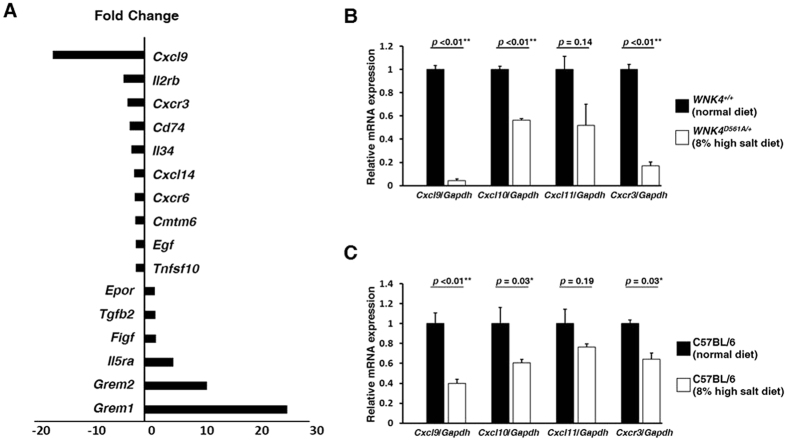Figure 1. Suppression of IFNγ inducible chemokines and receptor in mouse kidney with excessive salt intake.
(A) Microarray analyses of the expression of genes related to cytokine and chemokine in the kidneys of the WNK4D561A/+ mice fed a high salt diet was compared with those of WNK4+/+ littermates fed a normal diet (n = 3). These results demonstrated that both an IFNγ inducible chemokine (Cxcl9, 16.6-fold) and receptor (Cxcr3, 3.0-fold) were dramatically suppressed in the kidneys of WNK4D561A/+ mice fed a high salt diet. Values are expressed as fold changes. (B to C) qRT-PCR analyses of IFNγ inducible chemokines and receptor expression in mouse kidney. (B) The comparison between WNK4D561A/+ mice fed a high salt diet and WNK4+/+ littermates fed a normal diet (n = 3). Not only Cxcl9 and Cxcr3, but also Cxcl10 were suppressed in the kidney of WNK4D561A/+ mice fed a high salt diet. (C) The comparison between C57BL/6 mice fed a high salt diet with those fed a normal diet (n = 5). The expressions of these Cxcls and Cxcr3 were also suppressed in the kidney of C57BL/6 mice fed a high salt diet. Values are expressed as mean ± standard error of the mean (SEM). *p < 0.05; **p < 0.01.

